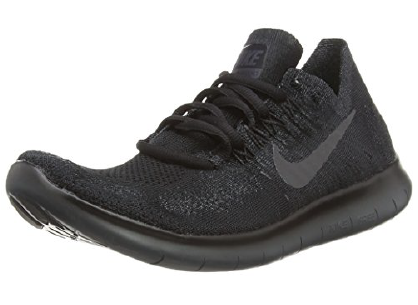Parkour Shoe
Sport-Specific Tread and Lacing
Individual Project
RISD Fall 2019
When researching areas of opportunity in athletic footwear design, I discovered that, while shoes are the only piece of equipment needed for the sport of parkour, there are currently no offerings on the market that fulfill the needs of the athletes. Having identified this anomaly, I researched, prototyped, and proposed the following set of design interventions that collectively create a much more effective parkour shoe than anything currently in production.
Competitive Analysis
Based on extensive surveying, these are the shoes most preferred by professional and amateur parkour athletes along with the most common feedback about each.
Vibram KSO EVO
+ Maximum dexterity
+ Communicates terrain
- No shock absorption
- Limited fit
Merrell Trail Glove
+ Good grip
+ Flexible
- Doesn’t communicate terrain
- Narrow
Onitsuka Tiger Serrano
+ Lightweight
+ Communicates terrain
- Upper is not durable
- Narrow
Nike Flyknit
+ Very flexible
+ Fashionable
- Upper is not durable
- Not 0 drop
I studied heavily-used shoes of multiple parkour athletes to identify patterns of wear, points of failure, and other areas of opportunity.
Inventory of Needs
After studying parkour shoe needs holistically, I narrowed my focus to the two areas of greatest opportunity—lacing and tread. The lacing system plays an integral part in the fit and security of any shoe but is especially important in the physically-demanding sport of parkour. The tread design determines grip and is crucial in the safety and quality of both jumping and landing. The rest of this project focuses on researching, testing, and proposing solutions for these two shoe components.
Lacing System
Lacing - Competitive Analysis
Traditional Lacing Systems
Cage-Style Lacing Systems

























